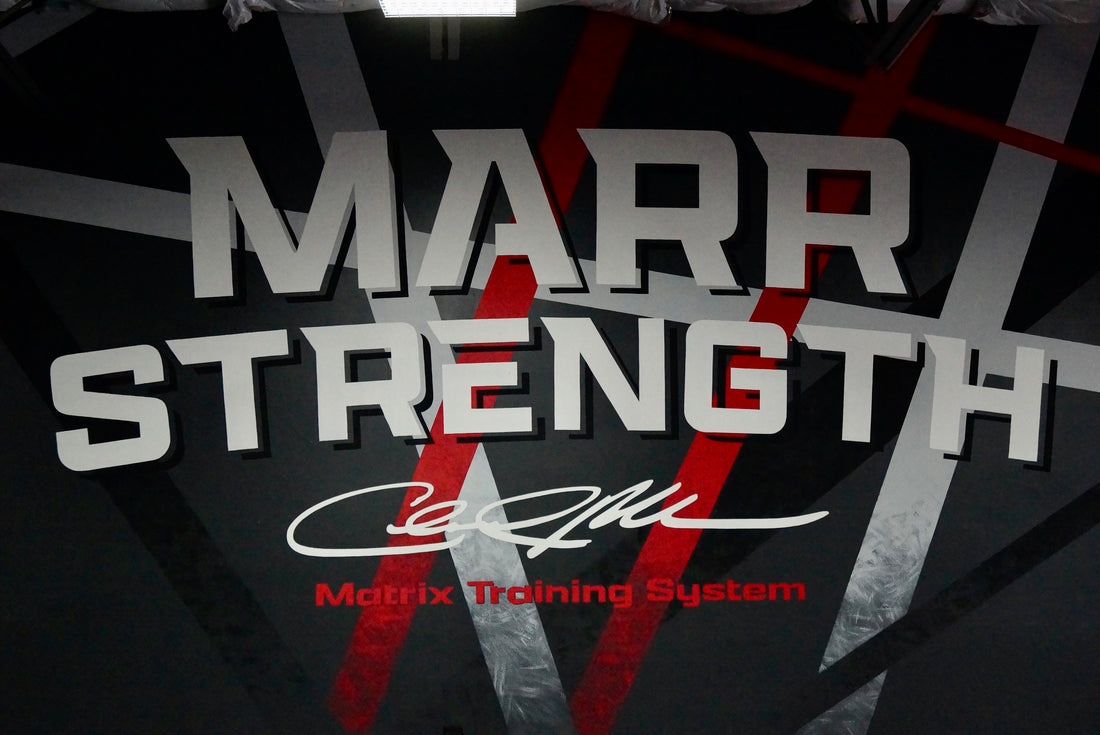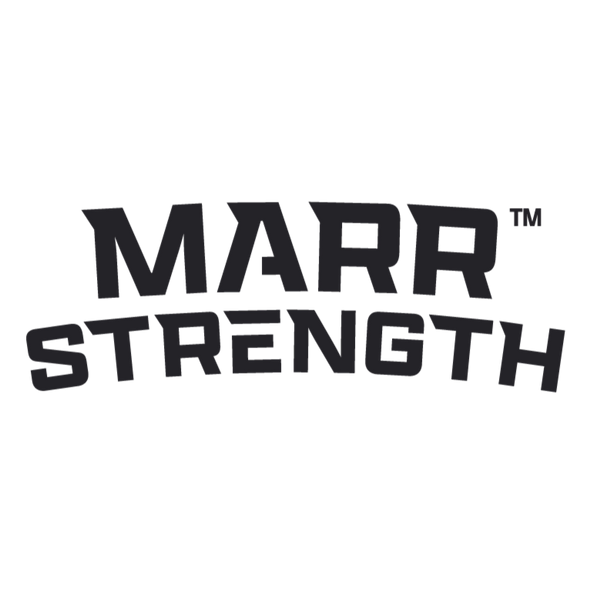
Understanding Shoulder Health: The Role of the Scapula and Supporting Muscles
Share
When it comes to shoulder health, many people focus exclusively on the rotator cuff. While these four muscles play a critical role in shoulder stability and movement, they are just a small part of a much larger system. In fact, 17 muscles converge at the shoulder blade (scapula), working together to support shoulder function. Understanding the relationship between these muscles is key to maintaining shoulder health and avoiding injuries.
The Scapula: A Complex System
The scapula is more than just a bone—it’s the foundation for proper shoulder function. While the rotator cuff muscles (supraspinatus, infraspinatus, teres minor, and subscapularis) are essential for rotation and stabilization, they rely heavily on the support of larger surrounding muscles. These include:
- Rhomboids: Stabilize and retract the scapula.
- Mid and Lower Trapezius: Support scapular movement and posture.
- Serratus Anterior: Helps keep the scapula anchored and facilitates upward rotation.
- Lats (Latissimus Dorsi): Provide additional strength and support to shoulder movement.
These larger muscles act as fixators, stabilizing the scapula and supporting the smaller, lower-threshold rotator cuff muscles. When these big players fail to perform their role, the smaller rotator cuff muscles are forced to compensate, often leading to strain or injury.
The Root Cause of Shoulder Issues
Many shoulder problems are misattributed solely to the rotator cuff. While rotator cuff injuries are common, the underlying issue is often poor support from the surrounding muscles. For example, if the rhomboids or lower trapezius become weak or fail to stabilize the scapula properly, the rotator cuff is left vulnerable. Over time, this imbalance can lead to inflammation, reduced mobility, and injury.
This imbalance is frequently observed in individuals who focus on isolated movements like internal and external rotations without addressing the broader support system. While these exercises are valuable, they only target a fraction of what the shoulder does. Neglecting the larger scapular muscles creates a gap in stability and strength, setting the stage for problems.
A Holistic Approach to Shoulder Health
To maintain optimal shoulder function and prevent injuries, training programs must target the entire scapular complex. This includes:
- Strengthening large stabilizers like the rhomboids, traps, and serratus anterior.
- Improving scapular mobility and control to ensure proper alignment during movement.
- Incorporating exercises that engage the lats and other synergistic muscles to support shoulder mechanics.
By addressing the bigger picture, you not only protect your rotator cuff but also enhance overall shoulder performance.
Conclusion
Shoulder health goes beyond the rotator cuff. The scapula serves as the anchor for shoulder function, and its 17 supporting muscles must work together to ensure stability and mobility. Focusing solely on the rotator cuff overlooks the critical role of larger fixator muscles like the traps, rhomboids, and serratus anterior. A holistic training approach that strengthens and balances the entire scapular system is essential for long-term shoulder health and injury prevention.
Your shoulders are only as strong as the foundation supporting them—train smart and protect the system as a whole.
